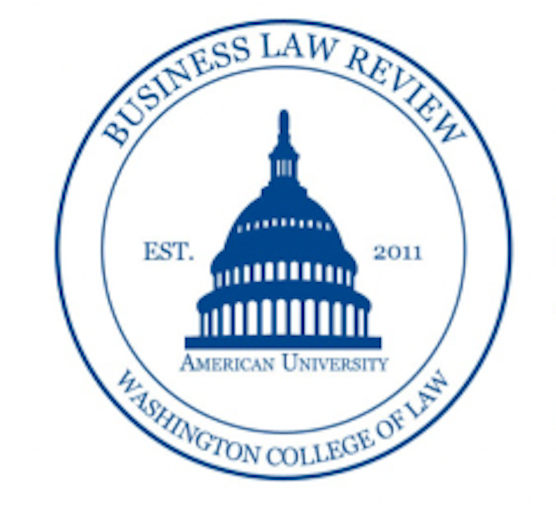By: Kendall Deese

The NCAA has dealt with its fair share of gender-based discrimination over the years, and their March Madness Tournaments are no different. This year, the NCAA made it painstakingly obvious that they were making the Men’s and Women’s March Madness as “equal” as they could. The NCAA published an announcement stating that everything that was given to men’s teams or was provided to the men for accommodations at the tournament, would also be given to the women. That included the exact number of pillows in the Final Four locker rooms, as well as allowing the women’s tournament to actually be called “March Madness.”[1] For the first time, both March Madness Tournaments had 68 teams participating.[2]
Compared to men’s sports, the NCAA has routinely treated women’s sports as less than. When it came to the Women’s March Madness tournament last year, many athletes took to TikTok and Twitter to showcase the inequalities of what they were provided, while the men were provided with lavish equipment, locker rooms, weight rooms, meals, and more. Last year, the Women’s March Madness tournament had virtually no branding, a “weight room” that contained one rack of dumb bells along with a few yoga mats, and among other things, very few food options.[3] After Sedona Prince’s Tiktok went viral for showing the measly accommodations provided to the women, Congress asked the NCAA to answer for their blatant discrimination.[4]
Thirty-six members of Congress wrote to NCAA President Mark Emmert during the 2021 Women’s March Madness Tournament asking for answers regarding the discrimination occurring at the Women’s Tournament.[5] The letter noted the differences in “conditioning facilities, food, publicity and marketing, and even the use of less accurate Covid tests.”[6] This year, three members of Congress wrote to NCAA President Mark Emmert before the 2022 Women’s March Madness Tournament and concluded that the NCAA was violating the “spirit” of Title IX.[7] The letter stated that the NCAA had taken “short-term steps” in response to the 2021 social media explosion that showcased the less than acceptable training equipment.[8] The letter continued on by condemning the NCAA for not following the recommendations of the private law firm they retained in a conduct review.[9]
The NCAA then announced that they hired an outside law firm to investigate the gender-based discrepancies.[10] The law firm released a 153-page report in October of 2021 after the release of a first report on August 3, 2021.[11] The first report gave the NCAA recommendations on how to make men’s and women’s basketball tournaments more equal in the future.[12]
Title IX applies to any education program that receives Federal financial assistance and states that “No person in the United States shall, on the basis of sex, be excluded from participation in, be denied the benefits of, or be subjected to discrimination.”[13] By looking at the gender discrimination that occurs across the NCAA, it is obvious that they have, and continue to violate, Title IX.[14] The NCAA’s showing of equality at the March Madness Tournament is just the tip of the iceberg. The inequality spans more sports than just the sport of basketball. It was found that the NCAA spent $1,697 less per woman participant in Division I and national championship spending in the 2018 to 2019 season, excluding basketball.[15] The NCAA needs to continue to make improvements to the gender discrimination that is so obviously taking place. By doing so, they will be more compliant with Title IX, and continue to improve women’s sports in the United States.
[1] See Kurt Streeter, The N.C.A.A Undervalued Women’s Basketball. Marketers Didn’t., New York Times (Mar. 28, 2022), https://www.nytimes.com/2022/03/28/sports/ncaabasketball/womens-march-madness-endorsements.html.
[2] See Liz Clarke, After social media shaming, NCAA tries to get gender equity right for 2022 March Madness, The Washington post (Mar. 11, 2022), https://www.washingtonpost.com/sports/2022/03/11/ncaa-womens-tournament-changes/.
[3] See Nancy Armour, Sedona Prince has left her mark on NCAA Tournament, women’s sports, USA Today (Mar. 29, 2021), https://www.usatoday.com/story/sports/columnist/nancy-armour/2021/03/29/ncaa-tournament-sedona-prince-impact-women-goes-beyond-oregon/7042248002/.
[4] See id.
[5] See id.
[6] See id.
[7] Liz Clarke, Congressional leaders call NCAA’s gender-equity efforts ‘inadequate’ on eve of March Madness, The Washington Post (Mar. 15, 2022), https://www.washingtonpost.com/sports/2022/03/15/ncaa-gender-equity-congress-ncaa-tournament/.
[8] See id.
[9] See id.
[10] See id.
[11] See Associated Press, Second NCAA gender equity report shows more money spent on male athletes than female ones on average, Associated Press (Oct. 26, 2021), https://www.espn.com/college-sports/story/_/id/32481915/second-ncaa-gender-equity-report-shows-more-money-spent-male-athletes-female-ones.
[12] See id.
[13] Katherin Raygoza, Recent NCAA controversy brings gender inequality back into the light, The Aggie (Apr. 16, 2021), https://theaggie.org/2021/04/16/recent-ncaa-controversy-brings-gender-inequality-back-into-the-light/.
[14] Title IX, Education Amendments of 1972, 20 U.S.C. §§ 1681-1688.
[15] See Brad Dress, Lawmakers rip NCAA president, demand more equity in men’s and women’s sports, The Hill (Mar. 15, 2022), https://thehill.com/regulation/business/598310-lawmakers-rip-ncaa-president-demand-more-equity-in-mens-and-womens-sports/.


